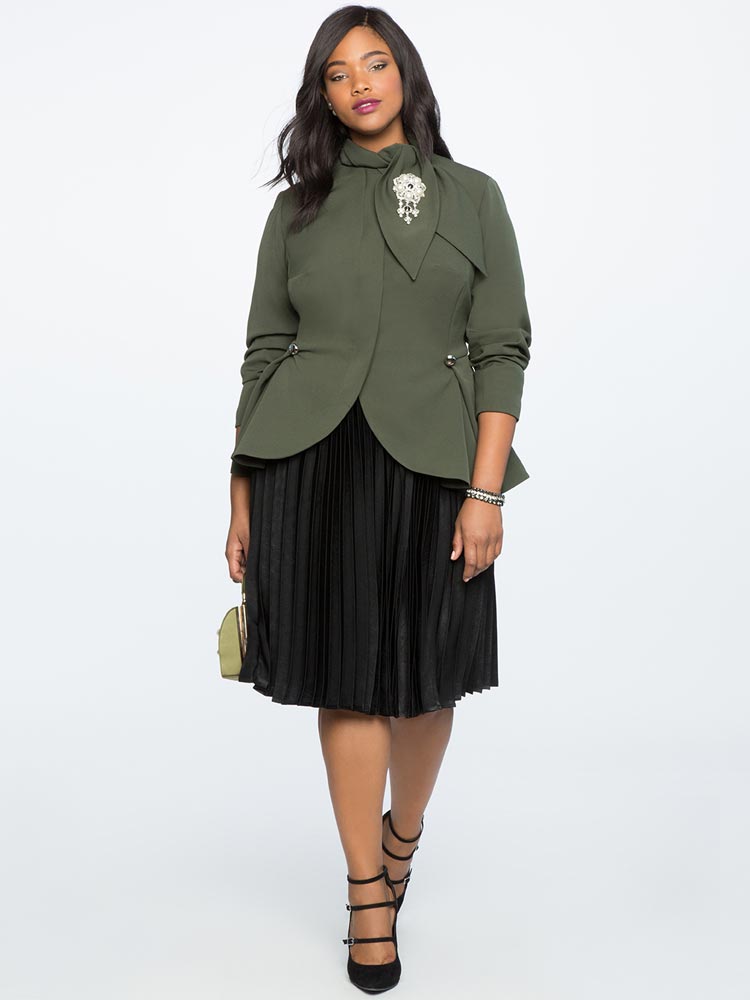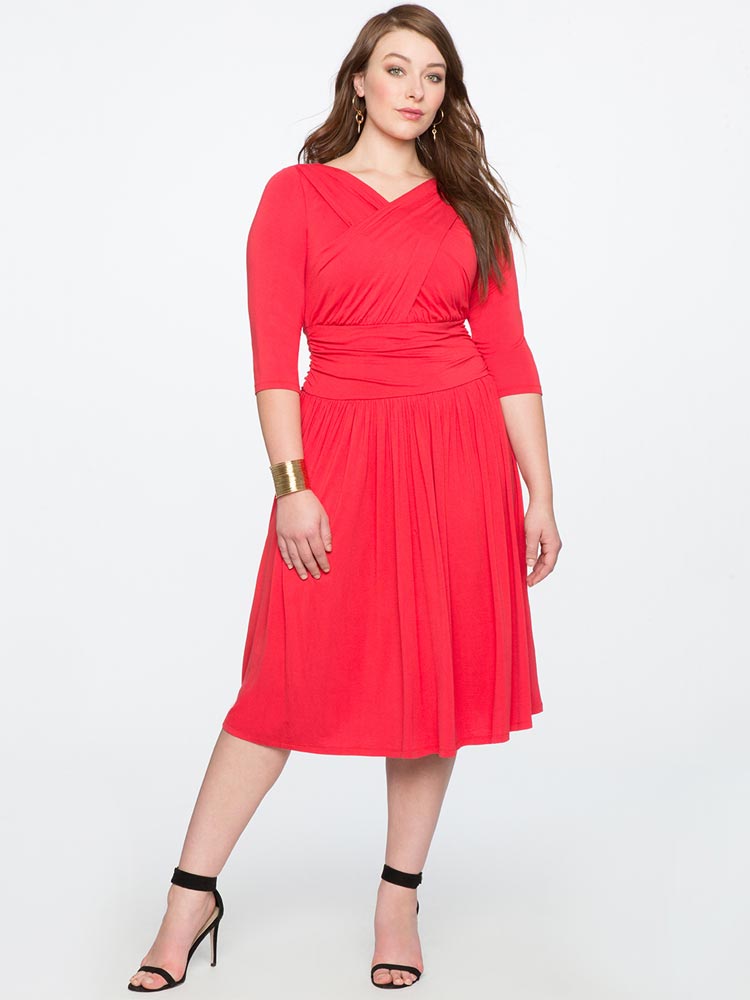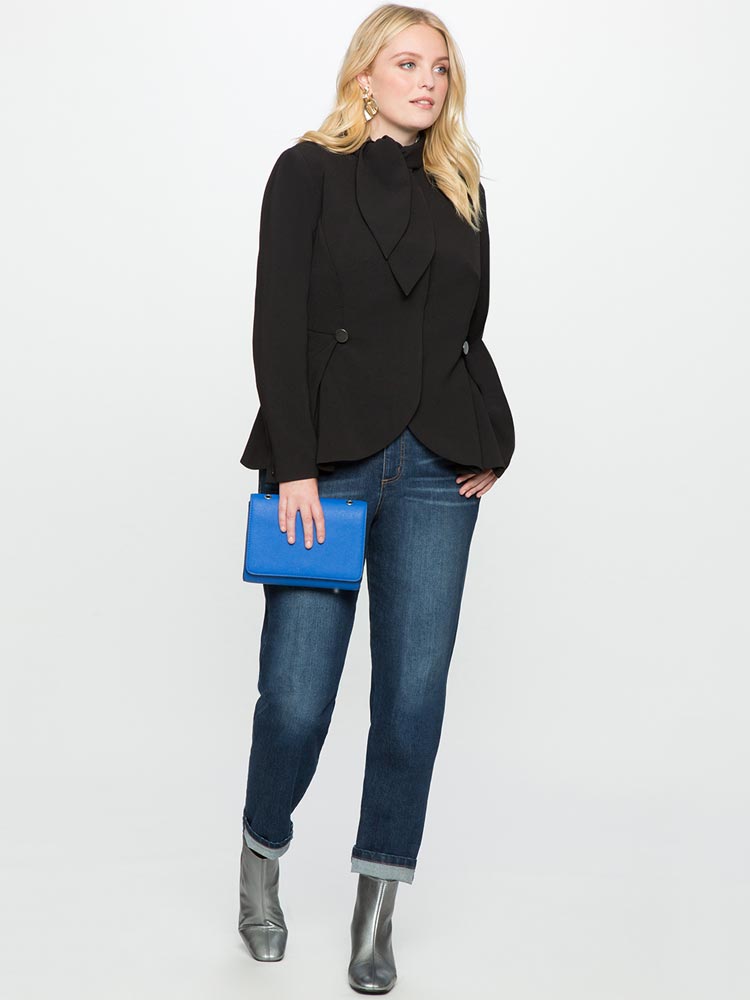Over the years we’ve talked a lot about the shift away from conventional figure flattery. It allows us to dress more uniquely, comfortably, creatively, casually, practically, fashionably, and with an edge. Instead of creating a long lean line and tailored silhouette, outfits are often unstructured, waistlines are surrendered, and the curve on the bust and the hip are ignored. The neck and leg line are severely shortened, and there are many horizontally cutting lines in the outfit. Often the edgier and more avant-garde the outfit, the less conventionally flattering the proportions.
The movement in fashion towards creating unconventional outfit proportions has been extremely liberating. It strengthens the idea that there is no one way to be stylish. More importantly, allows us to dress comfortably as we go about our day. I am all for this modern way of creating outfits.
Now lets swing the pendulum back the other way and revisit what it means to create conventionally flattering outfit proportions:
- Clothing follows the natural contour of the female form by defining the waist and accentuating the curve on the bust and hips
- Outfits are elongated
- Leg lines are lengthened
- Neck length is lengthened
- Visual effect is slimming
Creating conventionally flattering proportions continues to be a very visually pleasing way to dress the body. The models below showcase the proportions perfectly. Their structured outfits create a streamlined effect because the narrowest part of the body is accentuated. Defining the waist further lengthens the leg line, as does wearing heels. Skirt and dress lengths finish around the knee (the natural midpoint of the leg) thereby balancing the proportions created up top. They look absolutely gorgeous.
Conventional flattering outfit proportions are not conservative, boring, unfashionable, overly classic, or un-cool. It’s a forever stylish way to dress. In fact, these days conventional proportions look fresh amidst the sea of unstructured comfortable style that has taken over the world. Granted, these types of tailored proportions are easier to create when your body type naturally narrows at the waist and midsection, you have curve on the bust and hips, and your legs are relatively long. It’s also a slam dunk for dressier attire. But you can create them your way by adding just enough structure and elongation to an outfit to make you feel fab.












